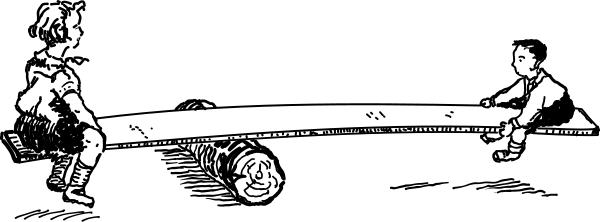If you ever went to camp as a child, singing delightfully annoying songs around a campfire, perhaps you can remember an especially irritating song with the ever repeating phrase “there’s a whole in my bucket dear Liza, dear Liza, dear Liza, a hole”. Of course, the even more annoying answer follows unerringly,”well fix it dear Henry, dear Henry, dear Henry, dear Henry, fix it”. What the Lizas of the world don’t know, is that in order to maintain good mental health, the buckets of our lives need many holes in them.
The stress vulnerability bucket image is a way to explain why some people experience anxiety, depression, paranoia or a psychotic episode, while other people seem to handle life with ease. I heard this illustration explained at a conference more than 10 years ago and I find that it is still the easiest way to explain why some people slip into mental illness.
Think of each person’s ability to handle stress as a bucket with holes in the bottom. Some people, from stable home backgrounds with relaxed, cheerful temperaments, might have a large bucket to handle stress while others, who are high-strung or perhaps wounded from child abuse or an unstable home life as children, might have a smaller bucket.
Now, imagine stress as water filling up each bucket. If a lot of water comes into a bucket, in other words, if a person experiences a great deal of stress, then the bucket can overflow. People with big buckets, or a low-level of vulnerability, can cope with more stress while people with smaller buckets can cope with less stress. Many situations in life stress us all out, like relationship problems, money worries or family problems.
If you manage stress by using helpful ways of coping, then this gets rid of the stress in the bucket by punching holes in the bottom of the bucket. Helpful coping would be activity such as talking through your problems with someone or getting a good nights sleep, going for a walk or taking a long hot bath to relax your muscles. The best way for me to de-stress physically, mentally and emotionally, is to relax in prayer or meditation, the kind that leads me into deep rest.
If a person attempts to cope unwisely, that could make the stress worse because it is just like blocking the holes in the bucket. Unhelpful ways of coping are things like taking drugs, drinking too much alcohol, keeping your problems to yourself and not getting enough sleep.
Really, it is not important if your bucket is large or small. The key to living a balanced, ‘sane’ life is to keep the holes in the bottom of your bucket open, so stress can flow out. Everyone would benefit from some kind of therapy to understand how they unconciously plug up the holes in their buckets. Sometimes people also need medication, especially if they need help sleeping. Some people need eyeglasses to read, diabetics need insulin. Some people need help with their serotonin levels to open up the plugged holes in the bucket of their life.It is simple as that. Now, if somehow we could dispense with any feelings of guilt and silence the condemnation that still rains down on those society judges as weak, lazy or just plain crazy, the world would be a much better place to live in.
Does this topic seem completely irrelevant to you? I will leave you with a thought.
One in four people suffer from mental illness sometime in their life.
Think of three friends.
If they all seem fine, looks like you’re the one.






































